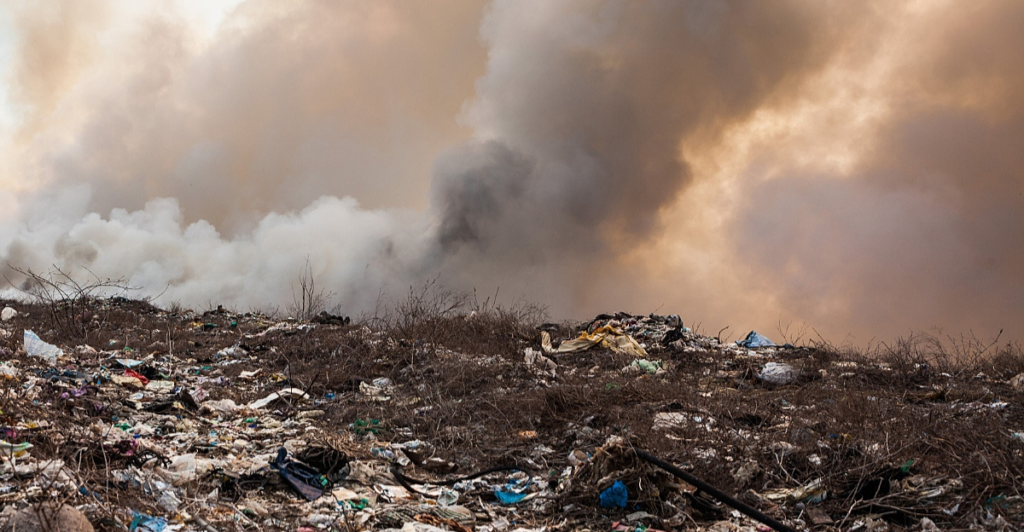
Methane (CH₄) is a colorless, odorless gas that significantly contributes to the greenhouse effect. While it persists in the atmosphere for a shorter duration than carbon dioxide (CO₂), methane’s heat-trapping capability is over 80 times greater over 20 years. This potency makes it a critical factor in global warming and climate change.
Primary Sources of Methane Emissions
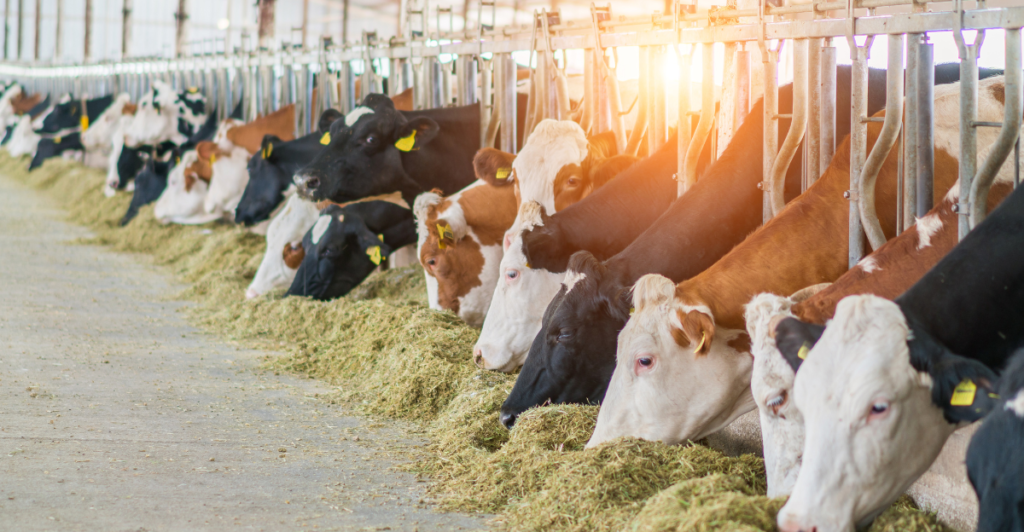
Methane emissions arise from both natural and anthropogenic sources. Natural sources include wetlands, which release methane during organic matter decomposition. Human activities contribute significantly through livestock farming, where ruminant animals like cattle produce methane during digestion, accounting for approximately 32% of human-caused methane emissions. Other contributors include oil and gas operations, landfills, and rice paddies.
Methane’s Role in Accelerating Climate Change

Methane’s high global warming potential means even tiny increases can substantially impact global temperatures. Elevated methane levels enhance the greenhouse effect, trapping more heat in the Earth’s atmosphere. This acceleration of climate change results in more frequent and severe weather events, such as heat waves, storms, and flooding.
Impact on Arctic Wildlife and Habitats
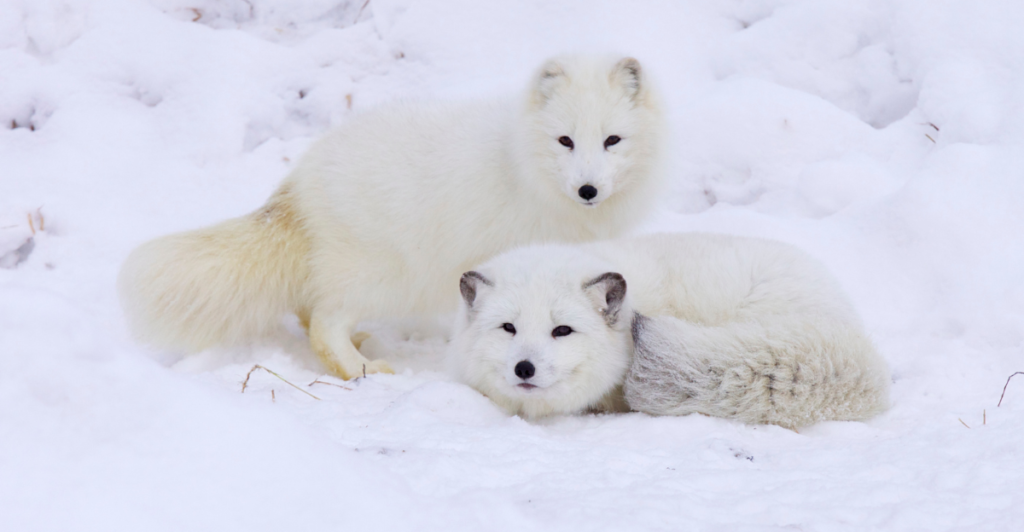
In the Arctic, rising temperatures from increased methane emissions are causing permafrost to thaw. This thawing disrupts habitats for species like the Arctic fox and caribou, leading to changes in vegetation and the availability of food sources. Additionally, releasing previously trapped methane from permafrost creates a feedback loop, further exacerbating warming.
Threats to Marine Ecosystems

Methane emissions also affect marine environments. Warmer ocean temperatures can destabilize methane hydrates on the seafloor, releasing methane into the water and atmosphere. This process can lead to ocean acidification, impacting coral reefs and marine life, such as shellfish, which rely on specific pH levels to maintain their shells and skeletons.
Effects on Terrestrial Wildlife

Terrestrial animals face habitat loss and altered food availability due to climate change driven by methane emissions. For instance, changes in temperature and precipitation patterns can shift plant communities, affecting herbivores that depend on specific vegetation. Predators are subsequently impacted by the decline in prey populations, leading to cascading effects throughout ecosystems.
Freshwater Wetlands: Both Source and Victim
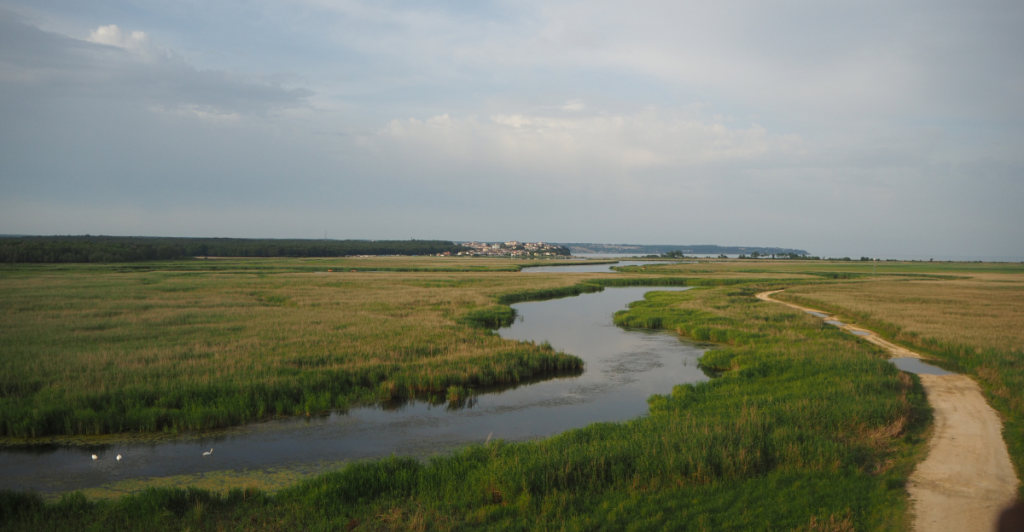
Freshwater wetlands are significant natural sources of methane due to anaerobic decomposition. However, they are also vulnerable to climate change. Increased temperatures can enhance methane production in these areas, while altered precipitation patterns may lead to wetland drying, reducing biodiversity and the ecosystem services they provide.
Human Health Implications

Methane contributes to the formation of ground-level ozone, a harmful air pollutant. Elevated ozone levels can lead to respiratory issues in humans and animals, decrease crop yields, and impair ecosystem functions. Addressing methane emissions is thus crucial not only for climate mitigation but also for protecting public health and food security.
Strategies for Mitigating Methane Emissions

Reducing methane emissions involves several approaches. In agriculture, improving livestock diets and manure management can decrease emissions. In the energy sector, repairing leaks in oil and gas infrastructure and adopting alternative energy sources are effective strategies. Implementing these measures can significantly lower methane levels, mitigating climate change impacts.
Policy Initiatives and Global Agreements

International efforts, such as the Global Methane Pledge, aim to reduce methane emissions by 30% by 2030. These initiatives encourage countries to implement policies targeting key methane sources. Collaborative efforts are essential to achieve significant reductions and limit global warming, benefiting the environment and biodiversity.
Role of Technology in Monitoring Emissions

Advancements in technology, including satellite observations and remote sensing, have enhanced our ability to detect and monitor methane emissions. Accurate data collection allows for targeted mitigation efforts and helps track progress toward emission reduction goals. These tools are vital for informed policy-making and effective climate action.
Conservation Efforts to Protect Wildlife
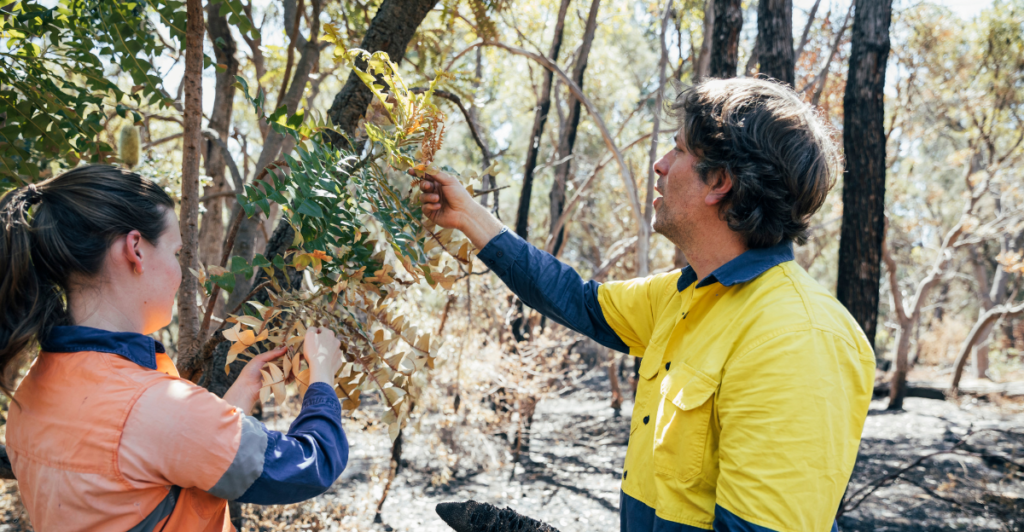
Conservation organizations are working to safeguard wildlife from the impacts of methane-induced climate change. Efforts include habitat restoration, creating wildlife corridors, and assisting species adaptation to changing environments. Public awareness campaigns also play a crucial role in promoting sustainable practices that reduce methane emissions.
Individual Actions to Reduce Methane Footprint

Individuals can contribute to methane reduction by adopting sustainable practices. Practical actions include reducing meat consumption, supporting clean energy initiatives, and minimizing waste through composting and recycling. Collectively, these efforts can lead to substantial decreases in methane emissions, aiding in the fight against climate change and wildlife protection.
Explore more of our trending stories and hit Follow to keep them coming to your feed!
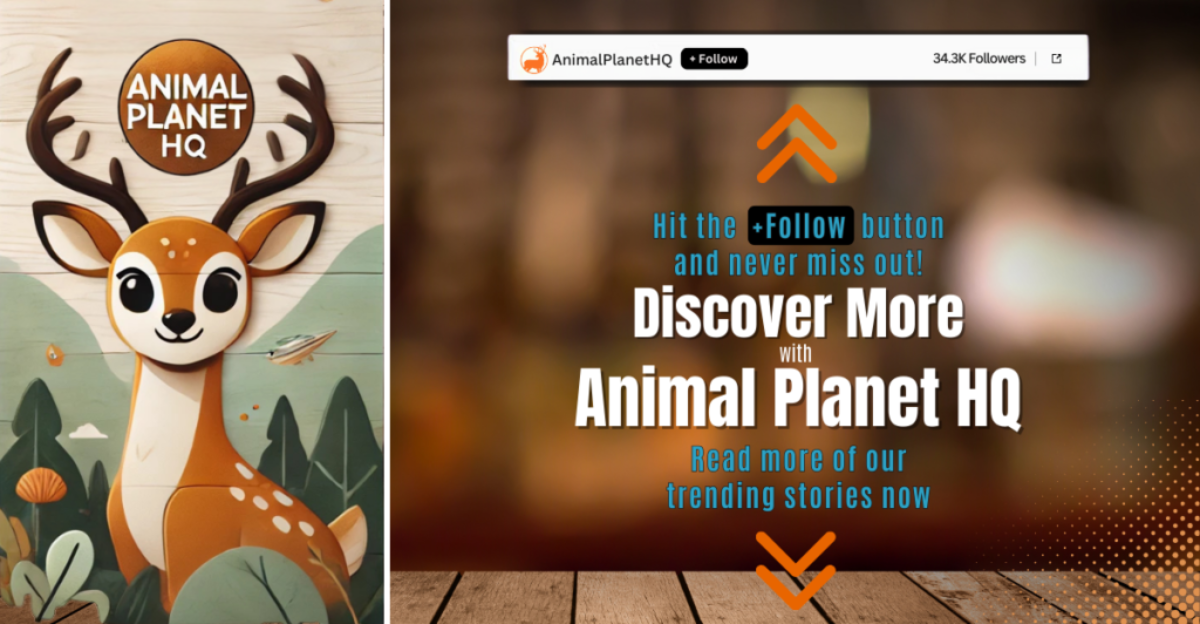
Don’t miss out on more stories like this! Hit the Follow button at the top of this article to stay updated with the latest news. Share your thoughts in the comments—we’d love to hear from you!







